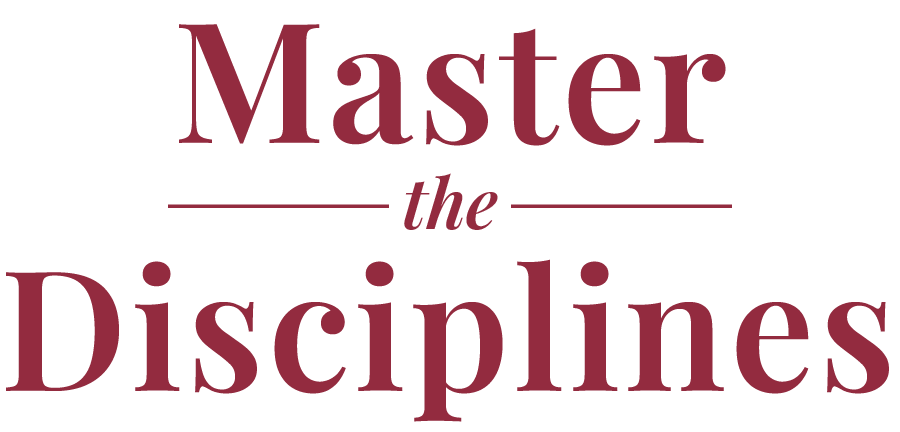Transformation. Talk about a ten dollar word!!! Many use it. Some experience it. Few can define it. Recently I met with a client who had invested 1-year into organizational health. We asked the hard question about the results they have experienced. With that level of investment, often we assume we have arrived and experience real transformation. We’ve put in the time right?!?! So we should receive the outcome! I wish that was always true.
We have to be ruthlessly honest with ourselves, our teams, and our organizations. Even consultants and partners who get too much credit (and blame sometimes) need to just look at the situation and honestly ask, “Has transformation occurred?” or “Are we in the process of real transformation?” Here are some alternatives if your gut is telling you ‘no’, and here are some ways to spot real transformation.
Alternatives to Real Transformation
Crisis Management and Resolution
Many organizations are in the midst of a crisis. Often this can come from major internal or external pressures. They reach a pain threshold and call for help. Often these situations involve turnover in leadership or on the leadership team. Once the crisis has passed, it’s back to business as usual. Or, if there is turnover at the top, new leaders come in and run things as they see fit. Unfortunately, these organizations are often bound for a new unexpected crisis somewhere in their future, but they’d rather wait it out than face the cost of real transformation.
Book-of-the-Year Club
Many organizations have what Pat calls the ‘sophistication bias.’ They are enamored with something new and flashy. And even though organizational health is much more about simple, even commonsense principles, it can be viewed as the ‘new, cool thing’ to talk about. Often these organizations have a lot of intellectual curiosity but not real hunger for change. They genuinely seem to get the concepts but view them more like someone reading a cookbook recipe vs. a new workout regimen. Once the buzz wears off they move their energies to something else. They keep transformation at arm’s length with a cordial smile and a tip of the hat as they close The Advantage and say, “Wow! Those are very interesting concepts!”
Organizational Health Cortisone Shot
Some organizations really dig in. They start to get it. They look to partners and outside help and say, “Just tell us what to do.” They often have a few crises and are curious to learn as well. They work, they read, they make changes. But behavioral modification only lasts so long. There has to be a corresponding mindset shift. You have to believe in what you are doing. The “why” has to fuel the “what” of organizational health.
One of our most successful clients created a Thematic Goal (single priority for the organization) in their first 90 days of work. Great! Guess what? Three years later, they have completed 4 Thematic Goals and have all the past ones posted in the office. The leader formed a fresh leadership team early on, and he has constantly revisited and refined his teams and trained new leaders to make sure every team is truly owning results. We challenged him to
over-communicate to his people and he embraced that with an all company rollout. Even today, he personally meets with new employees and is the first to explain the power of their core purpose and values. That’s transformation!
How to Spot ‘Real’ Transformation
Breakthroughs vs Just Time Spent
Often people think change happens over time. Just start on the right path and time will do the trick. We don’t count days, weeks, months, etc. for transformation, we count breakthroughs. We Know we’ve seen a breakthrough when a pattern of behavior or thinking is interrupted by an act of courage or a risk of vulnerability. Often this comes unexpectedly, but they are often easy to spot. Over the course of working with hundreds of teams we’ve seen:
- Leaders admit mistakes
- People ask for help
- Hard decisions finally made
- Unhealthy cycles and patterns broken
- Blind spots uncovered
- Peer-to-peer accountability exercised
- Mindsets shifted
- Purposes, values, and beliefs established or confirmed
- Unwritten rules abolished
- And more…
These breakthroughs must be identified and celebrated. And if leveraged well, one breakthrough can lead to another.
Steady Momentum vs Speed of Change
Everyone wants fast results, but it can’t happen too fast or too slow. When change happens too fast, it’s very easy to relapse. It’s no different than losing weight quickly. The potential to gain it all back and more is very high. Change can also occur too slowly as well. Or, better put, the rate of change is so intermittent that the organization can’t seem to grab onto any sense of progress. The best examples I see are organizations who create and maintain momentum. They focus on 1-2 disciplines at a time and layer on new challenges as they begin to gain momentum in previous ones. Great teams take a few leaps in the area of trust and healthy conflict (Discipline 1: Cohesive Teams), and in parallel, test that newfound strength by getting clear in some key areas (Discipline 2: Creating Clarity). If you have momentum and the right direction, speed is less relevant. You will arrive at transformation.
Real Buy-in vs Behavioral Modification
We often get so focused on behavior change that we miss the core issues. We probably didn’t behave our way into massive dysfunction. We believed our way into it. The behaviors just followed those beliefs. If a leader believes her team is out to get her, guess how she will behave? If a team walks into a room and doesn’t believe it’s their #1 priority, guess how they will behave? If employees show up to work and don’t believe in the core purpose of the organization, guess how they will behave? Pretty easy to get the picture. I often turn the tables here on the leaders I work with. Instead of trying to convince them to think and believe differently, I ask them to convince me. I ask them to convince me that they have really bought into the purpose, the costs, the benefits, etc. of organizational health. If they are truly bought in it’s fairly obvious and there’s no turning back. These are the best leaders to partner with.
Full Engagement vs. Activity
We’ve worked with teams who seem to get it but the front line employees are still wondering when they are going to hear some news about what’s behind the curtain. We know that many people are miserable at work, and addressing that misery is a core issue of organizational health, but healthy organizations are not just full of happy employees. They are full of engaged, productive, and inspired employees who are collectively owning initiatives, beating competitors, and achieving results that are greater than the sum of their individual contributions.
As an engagement goes on, we often talk to front line employees just to see how things are going. If we hear them explain the purpose of the organization, how they are connected to It, and see the energy that comes from their working relationships with leaders and peers, we know transformation is real. If they give us blank stares or canned answers, or worse, no answers at all, we doubt that real change has occurred. This is a good gut check for all of us.
What’s the goal?
People often say “begin with the end in mind.” If we want to manage a crisis, it’s probably best to call a mediator. If we want to know about the latest cool ideas, it’s probably best to go to a conference or tradeshow. If we want a bump in productivity, probably best to integrate a new process or buy some new software. If we want real transformation, we need to keep our eyes on the prize, count the costs, and mark the milestones along the way. We firmly believe the return is great when leaders and teams embrace organizational health. They make faster, better decisions, they differentiate themselves in the market, they attract and retain the best talent, and their success on the bottom line leads to a great impact in many people’s lives. That’s transformation!





0 Comments